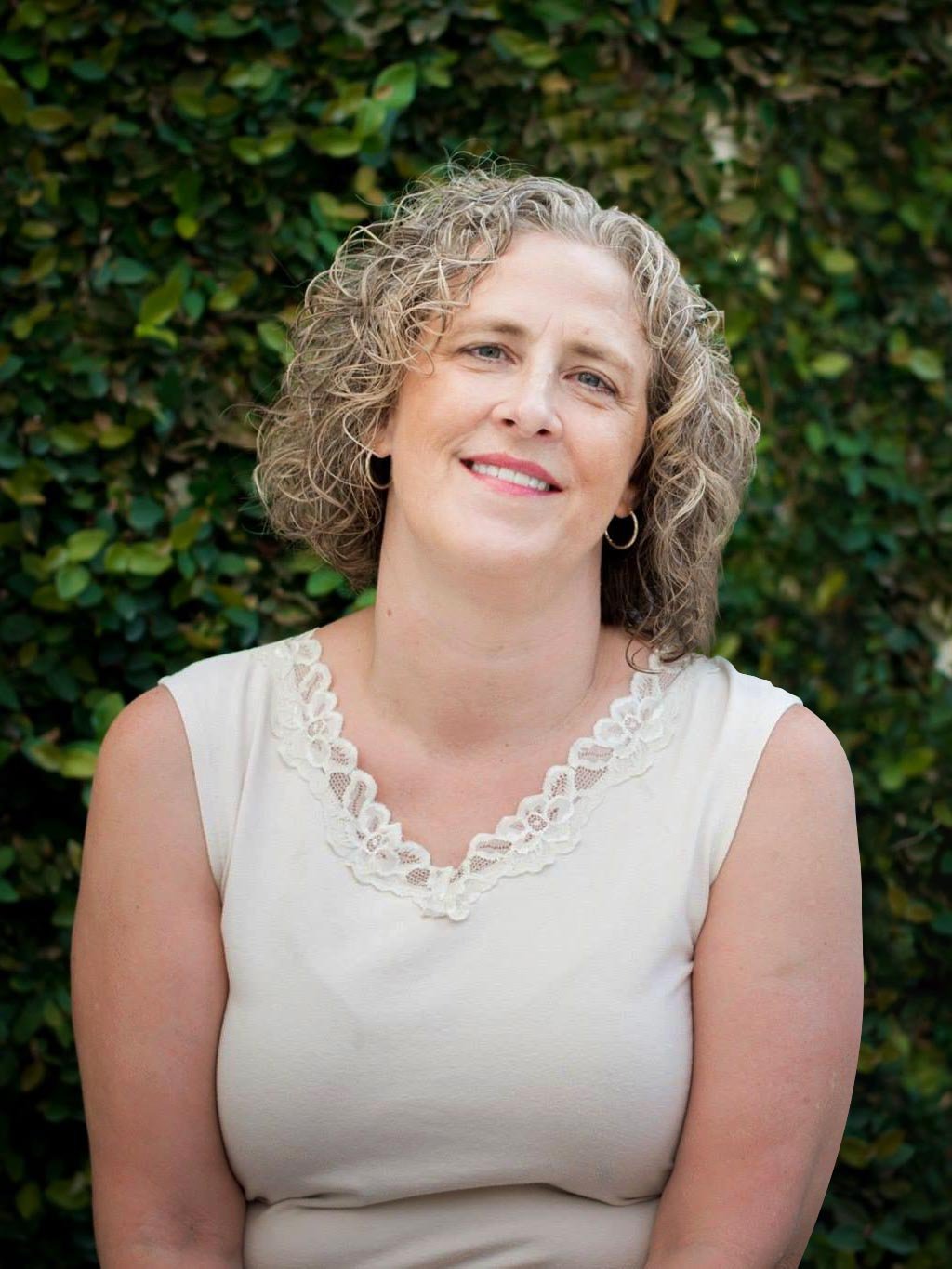The best way to learn Spanish
Learn it by USING it.
The best way to learn Spanish
Learn it by USING it.
Our Classes
Virtual Resources for Elementary, Jr. High and High School
Jr. High / High School Spanish
Spanish One, Spanish Two, and Advanced Spanish classes for students ages 12-18 provide the SAME material as a typical school class. Students are expected to participate in class, complete homework on time, read 3-4 novels in Spanish every year and finish the year with a project.
Advanced Spanish is by instructor approval only!
Elementary Spanish
Grades 3-5: Elementary students will meet twice a week to explore Spanish through songs, games, and conversation.
Students must be able to read.
COST for 25/26
Information about costs and other details
Schedule
Information for 25-26 School year
Elementary (Grades 3-5)
Tue/Thu at 11 a.m.
Spanish One (Jr. and Sr. High)
Mon/Wed at 11 a.m. or
Tue/Thu at 10 a.m.
Spanish Two
Advanced Spanish
(Mon/Thu combinations are possible for Elementary, Spanish 1 and 2)
Our Teaching Method
Acquisition Driven Instruction/Comprehensible Input
Our instruction is driven by this idea: If we give enough input that students can understand, their attentive brains will naturally pick up/soak up the language. Why?
Because that’s how our brains were designed to work!
We all acquired our first language this way, naturally–by hearing and communicating. We never studied it. We just heard it and then used it (imperfectly at first!) to communicate.
My job as a teacher, then, is to provide lots of understandable Spanish to students’ focused brains. If students pay attention and hear/read plenty of this Spanish, their brains will automatically acquire the language.
FAQ
Frequently Asked Questions
Yes, in the sense that it covers the same material as a standard Spanish Class. That means homework is required!! They may have class only 2 days a week but the other 3 days they will have about 45 min to 1 hour of Spanish instruction/homework. I tell students that if they want Jr. High or High School credit from their parents, then they have to do Jr. High/High school work.
Elementary classes are more relaxed and do not require any homework.
Twice a week. Either Monday and Wednesday OR Tuesday and Thursday. Occasionally students need a Monday and Thursday combination. Classes meet in the morning.
Around an hour. I try not to go over one hour.
Elementary classes are shorter, usually about 45 minutes.
This year: Spanish One is offered to anyone. Spanish Two, and Advanced Spanish only available by prior approval and only if the student has had a comprehensible input class before. Elementary classes are also offered.
Elementary students should be able to read.
Students aged 11 or 12 and up.
No. Only those who have a significant exposure to spoken Spanish and have the approval of the instructor.
Probably not, but please contact me! Since the class is conducted in Spanish, a student must be able to USE the language in order to advance.
This is the method I use to teach Spanish. It basically means that everyone has already proved they CAN learn a language because they ALREADY use a language. How did they learn it? Through Comprehensible Input. They learned their first language by listening, communicating and later reading. My job as the teacher is to speak in such a way that the students’ brains can soak up the language, just as they did as babies.
No! Students learn at different rates because their brains process languages at different rates. While some 2 year-olds are saying “dink, mama”, others say “May I have a drink, please, Mom?” Both are comprehensible to the mom and both are normal language development. For this reason, students should not feel bad about repeating a Comprehensible Spanish Class.
Studies prove that the ONLY thing we can do is provide more input. That’s why doctors recommend moms and dads interact with their young children: read them books, ask them questions, etc. It is the same for learning Spanish. The more they have input that they understand (reading and listening), the more the brain will organize that language into useable information. Output (Speaking, writing) comes AFTER the brain processes what it has already acquired.
Studies prove that our brains don’t put memorized material into the language part of the brain, but into the “memory” part of our brain. That information becomes a “filter” that we have to struggle through in order to use the language. We start evaluating each word, pronunciation, verb tense…questioning whether it is correct or if we have made an error. Native speakers just open their mouth and the naturally-acquired language just “falls out”. It is correct because it “sounds correct” to them–that’s how they’ve heard it. It isn’t correct because they have thought through vocabulary, grammar, and tenses.
I do teach grammar! But it is usually through USING the language. The formal grammar instruction is light (5 minutes max) when we as a class notice something new. I also teach a short section of grammar during the last few weeks of school, after they’ve had a LOT of input. I do this to prepare students who might be moving into a grammar-oriented school or university.
A typical homework assignment might be listening to a book or story in Spanish and answering questions, or watching a video in Spanish. They might watch a music video or play a game. They might write a short summary in Spanish or translate a reading into English for a parent. Most homework focuses on getting more Spanish input through reading or listening to Spanish. Regardless, it is almost always using the language, not studying the language.
The newest studies show we should practice speaking not just words, or sentences, but simple paragraphs. These new studies are very contradictory from past research. I have been very inspired by these newest methods and will be incorporating these into class! Most students want to SPEAK Spanish, not just hear it or study it. So, YES! They will have to speak a lot!
The students who do well are those who want to learn the language, who can pay attention to conversations, who commit to doing their homework and who are willing to “play the game” of “What do you think it means?” All of these are necessary for success!
About Us


Sandra Anderson
She is a Michigan certified teacher with more than 35 years experience teaching in Public, Private and Home school Co-ops. She’s been teaching virtually since even before Covid (!) and has her BA in Spanish and Public Speaking and her Masters in Education.
Even though her students come from the US and Canada, Sandra lives in Mexico (Yes, Mexico!) and teaches from there.
© 2024 Dos Mundos Online Spanish Classes


